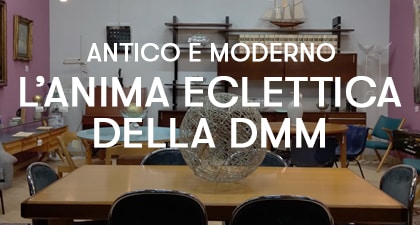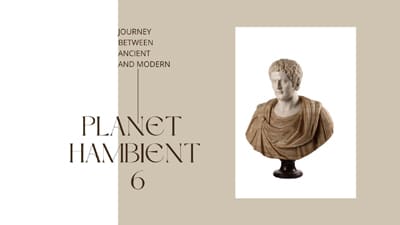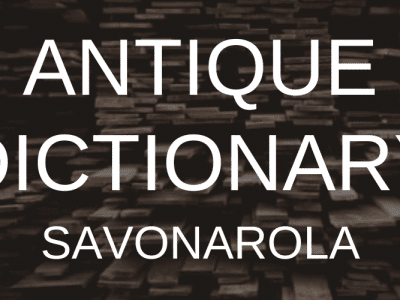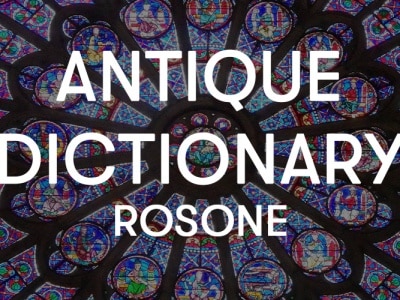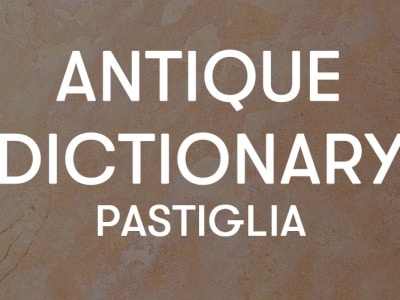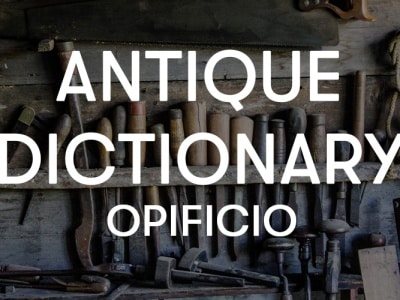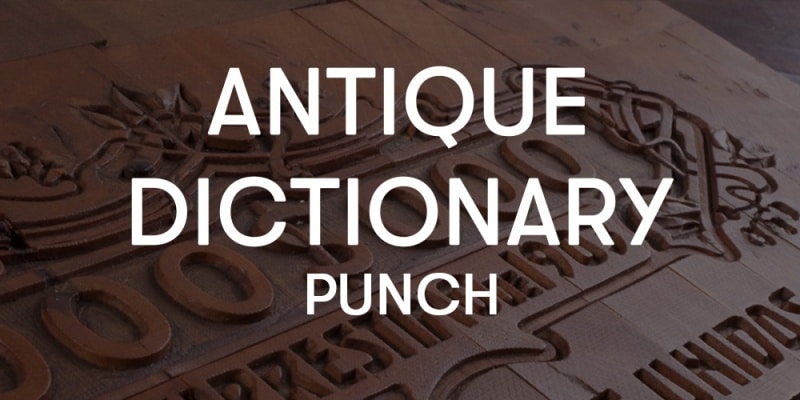
Today’s word is: punch. Let’s find out what it is and what it was used for. All the regulations of the various European states for punching.
What is a punch?
The punch is a rod made of hard steel. It has a profiled end with a letter, number or acronym, which is used to mark metals; It was beaten on the slab with a wooden club.
“The strength of the blows and the shape of the tip are the elements that determine the intensity and size of the point. Deformation beards are formed. If you leave, the stitches will have the quality of the dry tip… if they are removed they will have the quality of the burin”
What was the punch used for in the past?

Punching arose from the need of corporations or the state to have control of the metal title. By marking metal, it was possible to guarantee the consumer and the producer protection against counterfeiting.
The most used punches were:
- of the mint related to the quality of the alloy
- of the silversmith or goldsmith marked with his initials
- of the city with the coat of arms, initials or a characteristic mark of the same
- of the equipment: indicated by numbers or with a letter
- Proof of payment of fees
- punch affixed by the owner of the object
The history of punches
The first punches were used for silverware. They were introduced at the beginning of the Christian era in Rome and Byzantium. During the Middle Ages, then, they disappeared. They reappeared to coincide with the birth of the European nation states. Each nation developed its own rules. Let’s try to retrace the history of each country in broad terms.
England

The most advanced in the use of punches were the British. In 1180 the Worship Company of Goldsmith was established in London. In 1327 it even gained jurisdictional powers over the silversmith activity of Edward III. Already in 1300 in England it had been made mandatory, with a royal decree, the affixing of a mark to guarantee the purity of the alloy. The symbol that was used was a leopard head (although more like a lion) surmounted by a crown.
France
The punching was also French very regulated. It began to be practiced in the fourteenth century. The artist’s personal brand was engraved; They were usually his initials surmounted by the Parisian cornflower. Depending on the city, the symbol changed.
Germany
The German punching was very complex and without unitary characters. This can be explained if we look at the political situation in this country; very fragmented.
Punching is introduced in the fourteenth century. On the objects there were marked the symbols of the craftsman and the city. The most remembered is the Berlin bear.
Austria

Here, too, the punching was very varied. In general , the symbols imprinted were those of the artist, the city, the date and the state offices of control of the title.
Holland
The Dutch punches were very detailed. On the silverware of this country there were no less than four marks; They symbolized the city, the artist, the date and the province that was valid for the quality of the metal. The symbol of Holland was the rampant lion.
Denmark
The Danish punches were also very detailed. There were the marks of the city, the craftsman and the control mark.
Italy
In Italy the situation was very complex. The presence of numerous states did not allow a unified view on the punching. In one of our pages of the antiques dictionary we had already talked about the regulation of punching. Do you remember that? You can find it here.
An example
After this roundup of symbols we want to show you a piece from our antique collection. A silver tray of the twentieth century.

Solid polylobed silver tray with smooth bottom and wavy edge. Slide handles. Silver mark engraved under the edge and silversmith’s punch not very legible.

To discover all the other antiques in our collection you just have to come to our warehouses in Cambiago. We are waiting for you!


